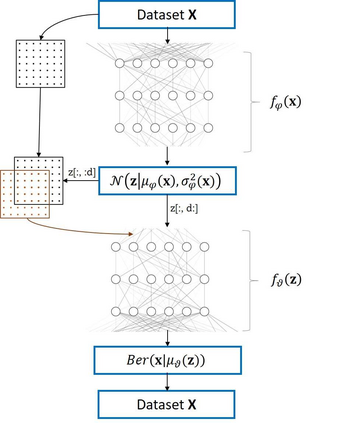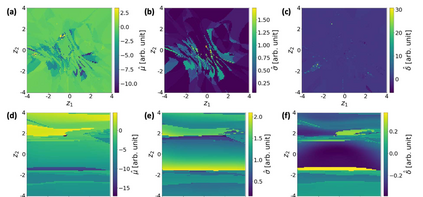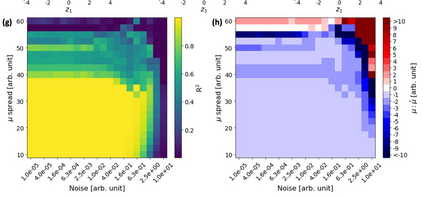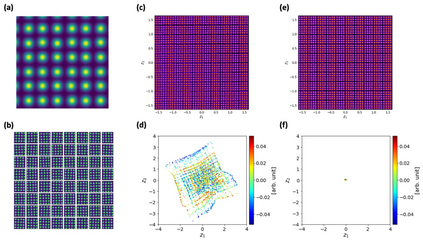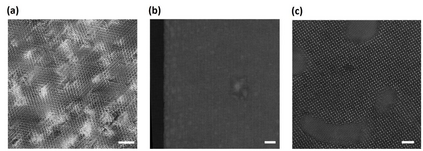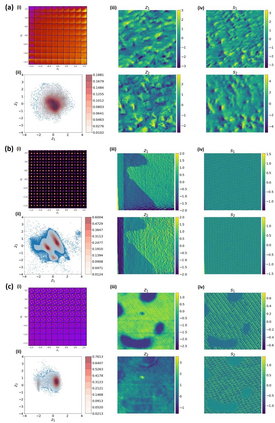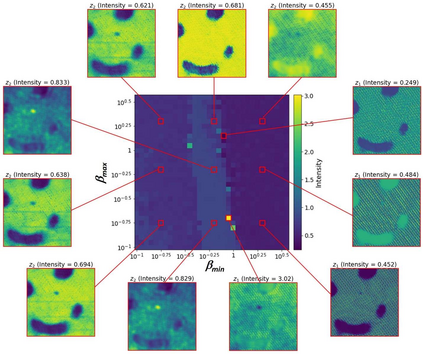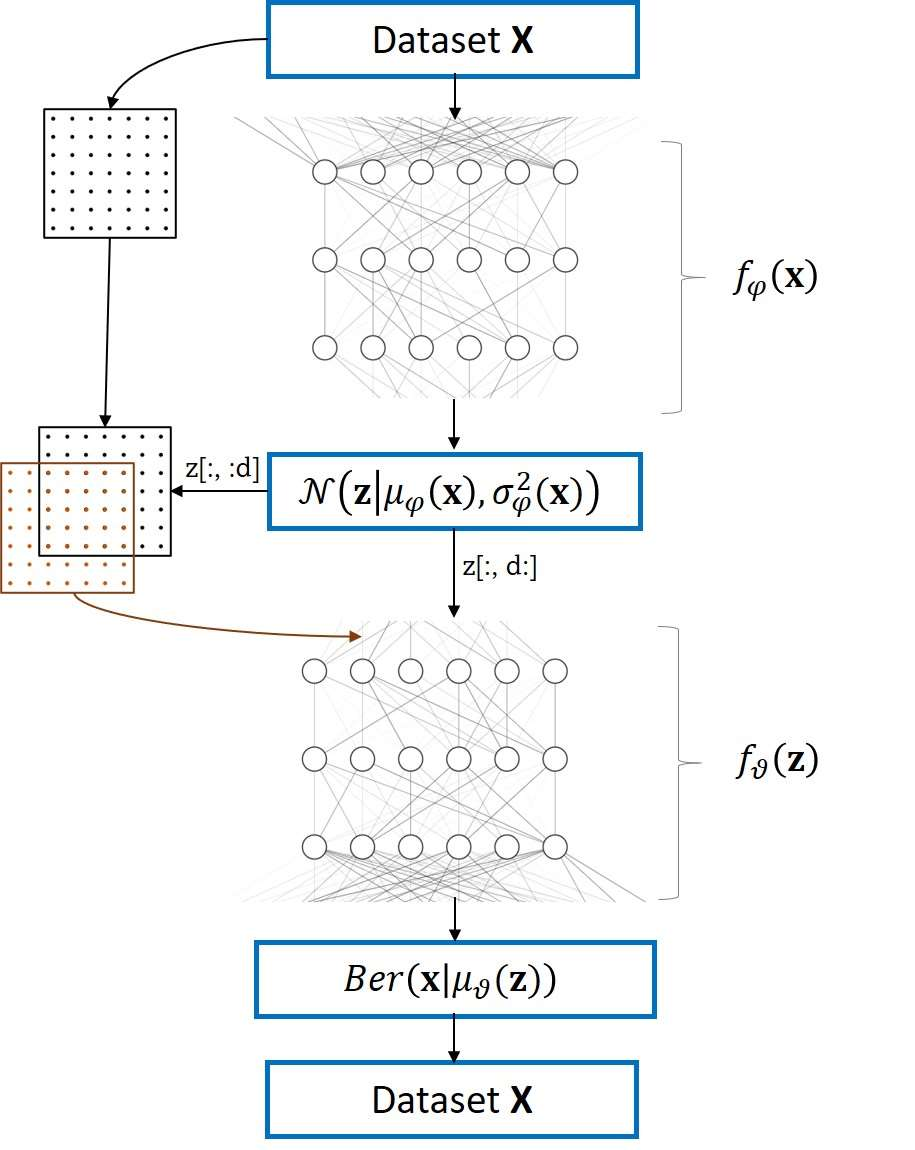Recent advances in scanning tunneling and transmission electron microscopies (STM and STEM) have allowed routine generation of large volumes of imaging data containing information on the structure and functionality of materials. The experimental data sets contain signatures of long-range phenomena such as physical order parameter fields, polarization and strain gradients in STEM, or standing electronic waves and carrier-mediated exchange interactions in STM, all superimposed onto scanning system distortions and gradual changes of contrast due to drift and/or mis-tilt effects. Correspondingly, while the human eye can readily identify certain patterns in the images such as lattice periodicities, repeating structural elements, or microstructures, their automatic extraction and classification are highly non-trivial and universal pathways to accomplish such analyses are absent. We pose that the most distinctive elements of the patterns observed in STM and (S)TEM images are similarity and (almost-) periodicity, behaviors stemming directly from the parsimony of elementary atomic structures, superimposed on the gradual changes reflective of order parameter distributions. However, the discovery of these elements via global Fourier methods is non-trivial due to variability and lack of ideal discrete translation symmetry. To address this problem, we develop shift-invariant variational autoencoders (shift-VAE) that allow disentangling characteristic repeating features in the images, their variations, and shifts inevitable for random sampling of image space. Shift-VAEs balance the uncertainty in the position of the object of interest with the uncertainty in shape reconstruction. This approach is illustrated for model 1D data, and further extended to synthetic and experimental STM and STEM 2D data.
翻译:在扫描隧道和传输电子微镜(STM和STEM)方面最近的进展,使得能够例行生成大量含有材料结构和功能信息的成像数据(STM和STEM),实验数据集包含长距离现象的特征,如STEM的物理顺序参数字段、极化和压力梯度,或STEM的常态电子波和载体介质的相互作用,所有这些现象都叠加到扫描系统扭曲上,并因漂移和(或)误差效应而逐渐改变对比。与此相对应,虽然人类的眼睛可以很容易地识别图像中的某些模式,如粘合周期、重复的结构元素或微结构,它们的自动提取和分类是完成这种分析的高度非三轨和通用路径。我们提出,STM和(S)T图像中观察到的形态最独特的要素是相似和(近乎于)周期性,由于基本原子结构结构的微缩缩缩缩略图,在反映顺序分布的逐步变化中,这些要素通过全球四度周期周期周期方法被发现,其自动提取和分类为稳定的变异变。

